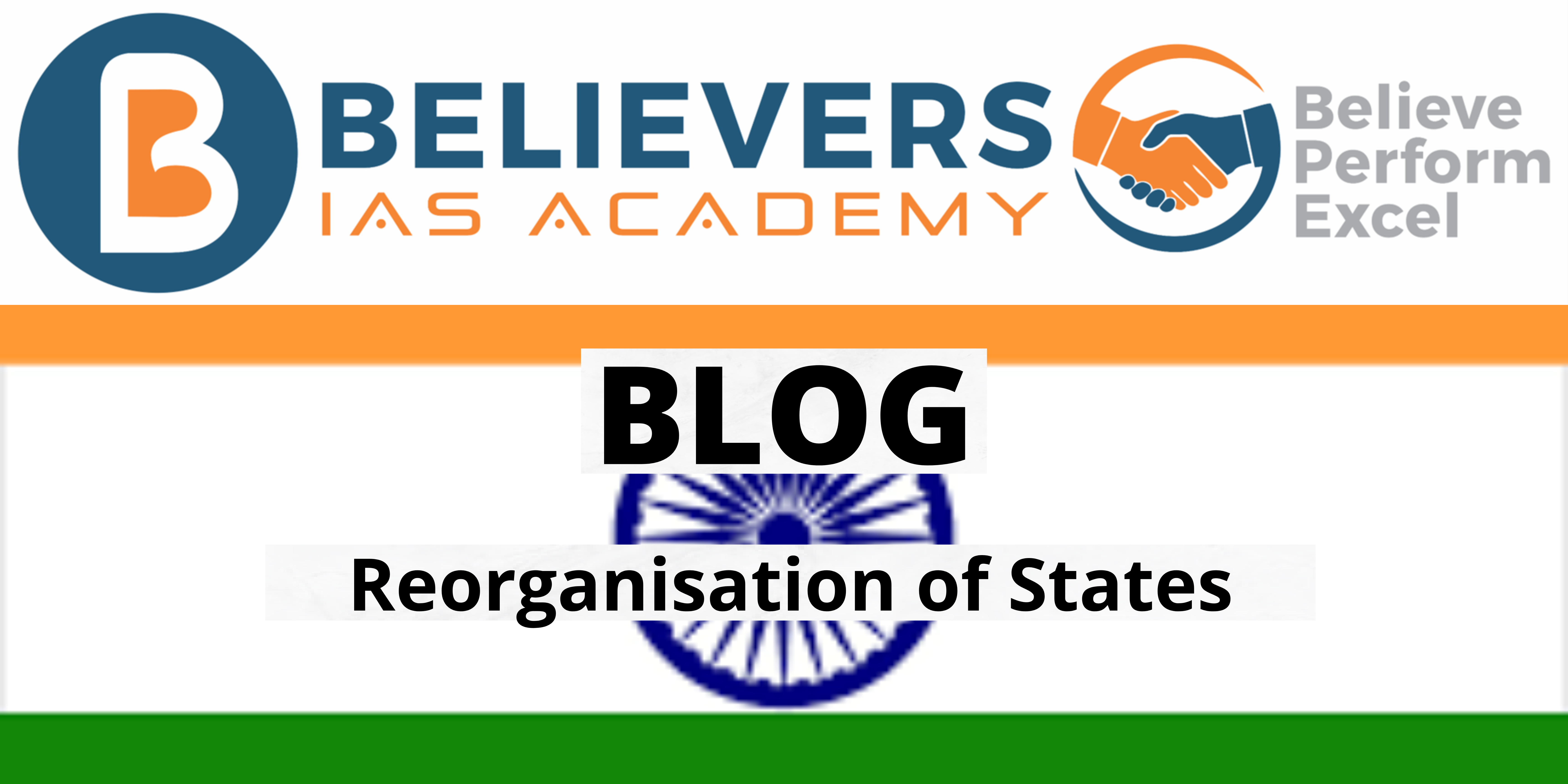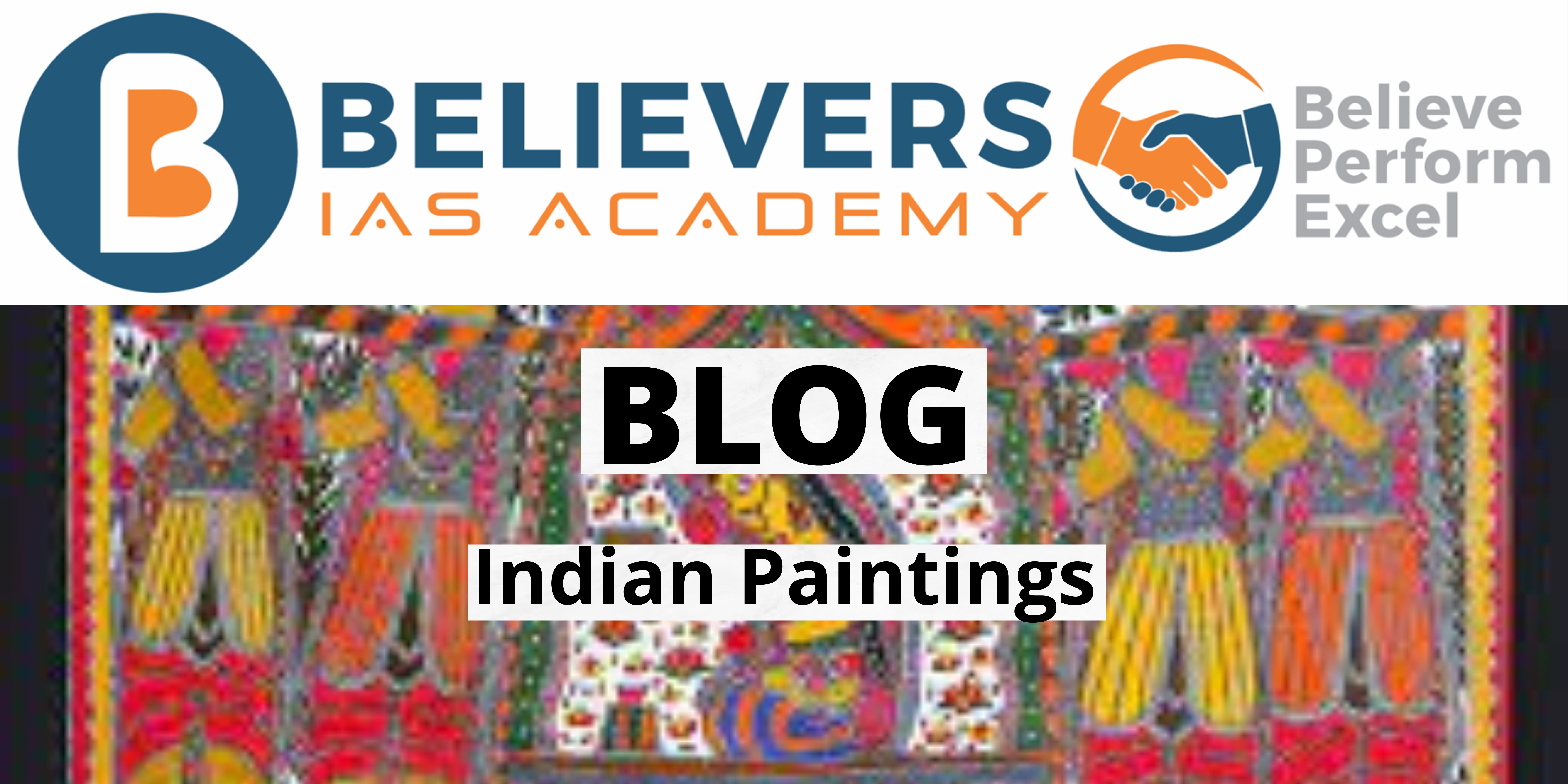Reorganisation of States Part 1 Provincial Congress Committees of INC were restructured and expanded on linguistic basis following the INC’s Nagpur Session in 1920. This can be considered as the origin point for the demand for Linguistic division of states. Post-Independence Period (1947-1950) The time […]





